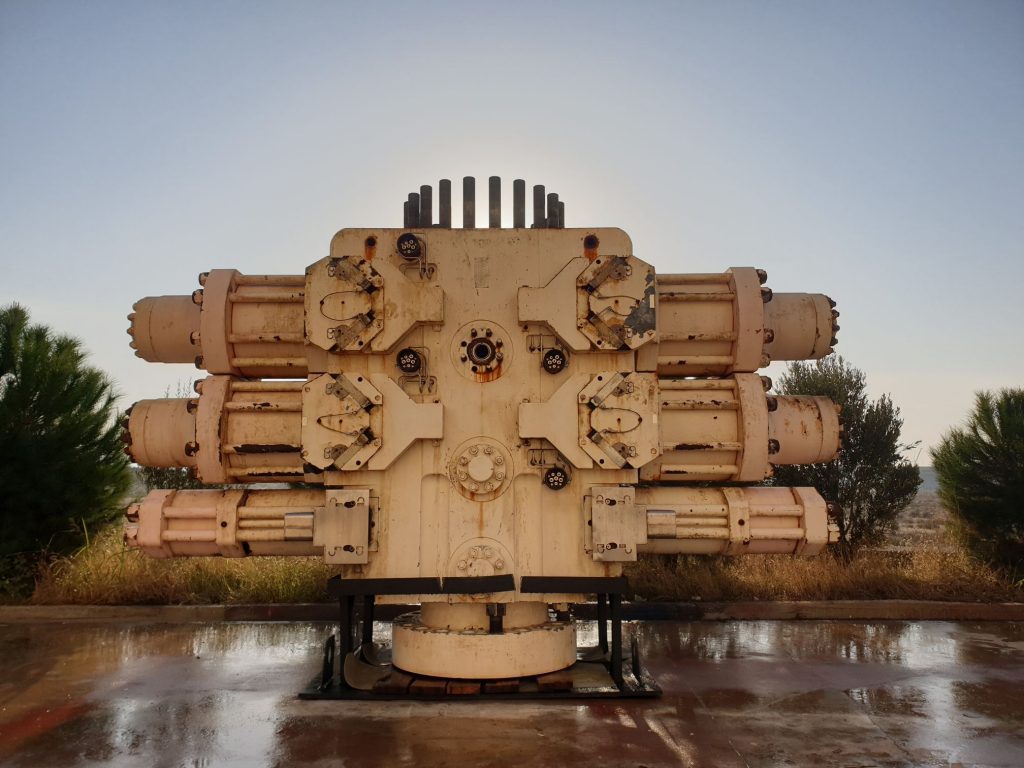
The blowout preventer (BOP) is one of the most critical equipment to safe Surface and Subsea oil and gas drilling.
As its name implies, BOP is designed to prevent and/or control “Kicks” which might eventually lead to blowouts. A kick is there is a difference in pressure and the formation fluids (oil, natural gas, water etc) begins to flow into the wellbore and up the drill pipe/ annulus.
If unattended or ignored, a kick can disastrously turn into a blowout which is when there is an uncontrolled release of crude oil and/or natural gas
While there are a few approaches to a kick, the common methods are the Wait & Weight Method (W&W) and The Driller’s Method”.
The W&W method is to allow the influx pump/circulated out and the kill mud to be pumped in simultaneously. In addition to this, the Drill Pipe pressure is calculated and followed accordingly. This method is also commonly known as “The Engineer’s Method” as there are a lot more calculation involved.
The second is “The Driller’s Method”, a two-step where the influx is removed with the original mud’s weight via the first circulation. the next circulation is to introduce the kill mud to keeping it circulate until the weight returns back to surface.
Both methods involve shutting in the kick prior to any further actions.
When a kick is detected, the BOPs are activated to stop the influx.
To simply explain BOP, is a large equipment that covers the opening of the well. By doing so, it can control or kill the well by closing its cavities, which are equipped with different ram blocks.
A BOP stack or BOP system usually consists of two type of BOP, Ram and Annular.
Depending on the requirement, there are Onshore BOP and Offshore BOP. The main difference between onshore and offshore BOPs are the method it is controlled.
Onshore BOP system typically contains 2 unit of Ram BOP and 1 unit of Annular while Subsea BOPs can contain 2 to 4 unit of Ram BOP, 2 unit of Annular, Wellhead connectors, Hydraulic and/or Electro (MUX) pods and guide frame.

